A Year Forward in Cam High’s Gown Change
With graduation officially happening on June 14, the academic year of the class of 2019 is coming to a close, and this year’s class will be the second graduating class at Cam High to have only one color of graduation gowns.
Being a part of the class of 2019, I was a junior when the decision to enforce the one-color policy was announced and introduced. Though I support it as an initiative and loved it back when the idea was on the chalkboard, I believe politics wilted the intentions and objective of this policy.
It cannot be denied that the students who do not identify as male nor female have the right to be a part of our community. As a just and equal society, we must protect the freedoms of the minority with the voice of the majority. However, I must say that the situation of the gown transition, as well as the “solution” the students were given, was handled inappropriately and regrettably.
Many students believe the administration was too interested in bolstering Cam High’s reputation as a progressive and inclusive school, and they overstepped the initial intention of protecting and safeguarding the rights of a minority. For example, the administration took full control, spearheading the transformation and allowing students to vote on the issue at the very last moment to label the effort as a “democratic” transition.
In fact, some former students, who were a part of the gender non-conforming crowd, express regret and disappointment with how the situation was handled. The students, who wish to remain anonymous, disliked how the situation was thrown into the limelight. They asked for a simple and quiet solution that would only affect them, but they received a massive controversial impact that caught the attention of parents, outside school districts, and even Fox News.
Ironically, these anonymous students initially asked for what many of their colleagues proposed: either allowing students to choose the color they preferred or the introduction of another color they could accept and wear.
These alternatives could have been proposed by the school administration in other ways that would appeal to the majority of students as well as the gender non-conforming minority. Instead, the initiative was primarily pushed under the banner of gender neutrality and equality, but without the support of the original students who proposed the idea.
I witnessed this problem and “solution” with the same regret these past students felt. They deserved to be represented because they are existing members of our society. Their claims were not outrageous and a variety of solutions were proposed, with some brilliant examples already present in our society. However, in the end efficiency, compromise, and simplicity were sacrificed for reputation and a few minutes in the spotlight.


























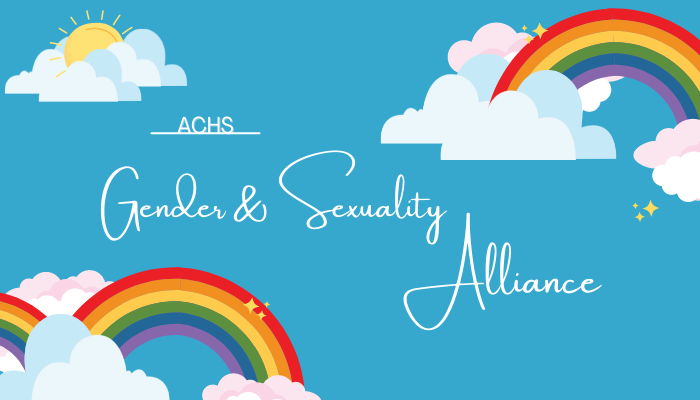
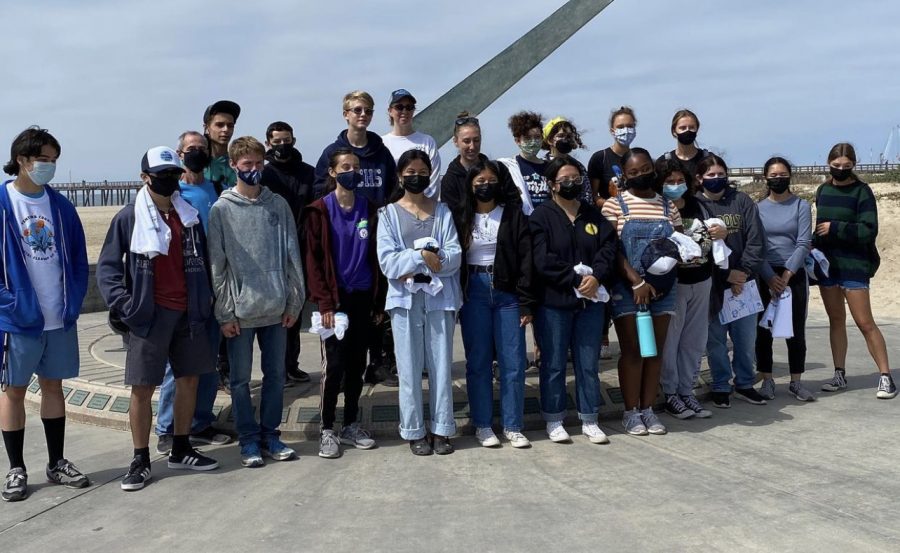














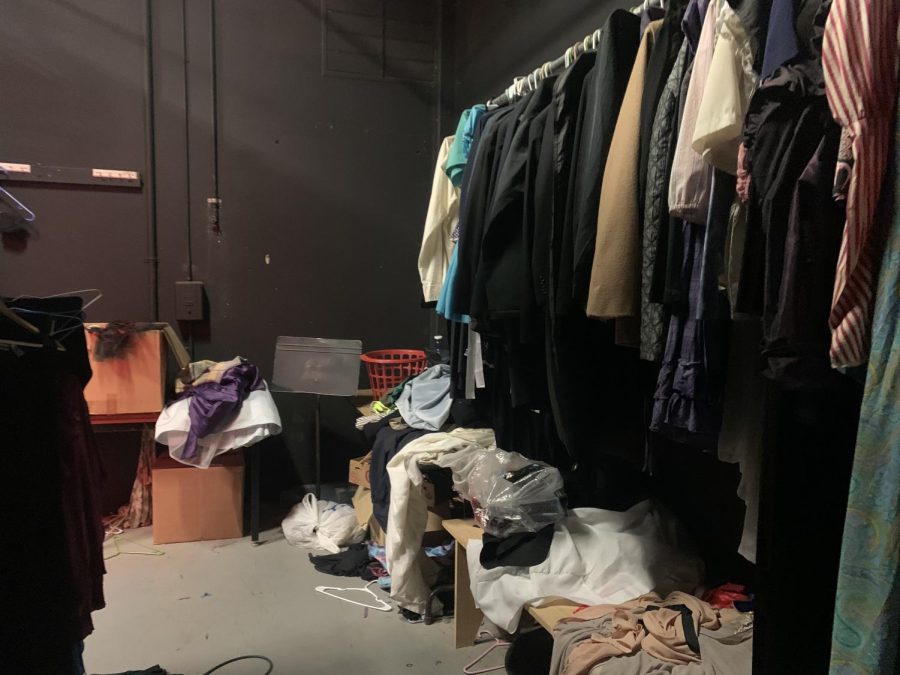







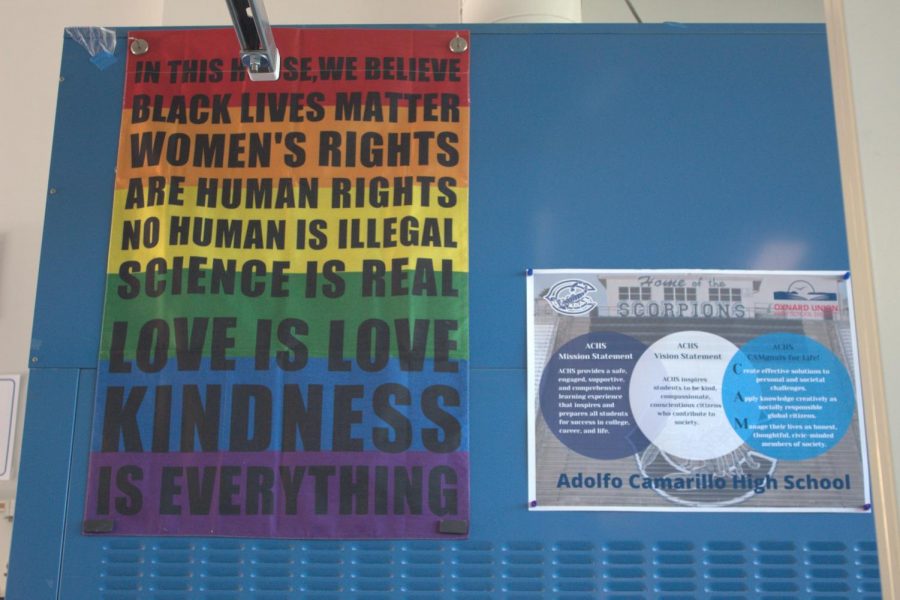









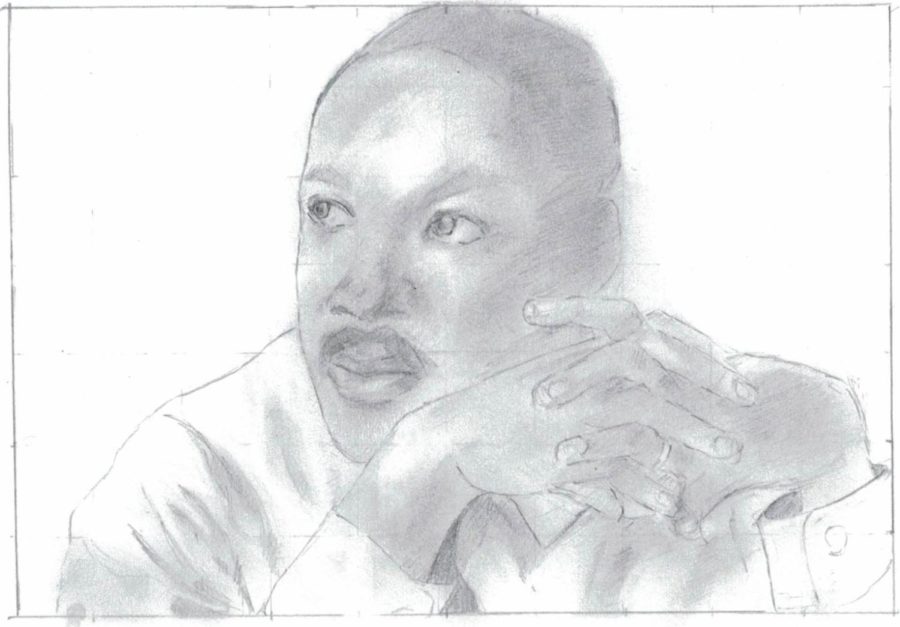




















![Senior Ditch Day... Relaxation or Truancy? [Video]](https://achsstinger.com/wp-content/uploads/2017/10/IMG_7119-900x599.jpg)
![Heavy Rain Hits Cam High [video]](https://achsstinger.com/wp-content/uploads/2017/02/maxresdefault-900x506.jpg)



